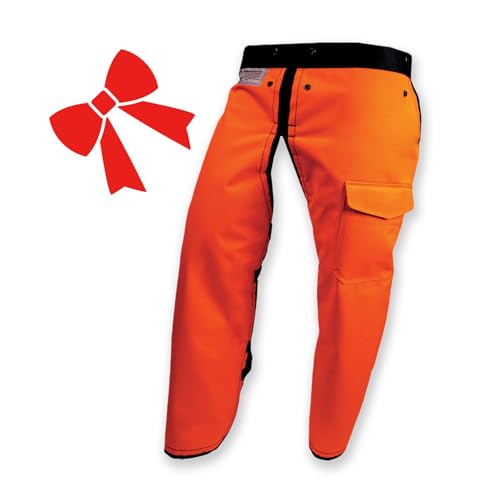Finally got to cut something North American this weekend so I spose you'all be familiar with this timber? 3 small black locust logs, that has been laying around the yard for the last year. It has to be the softest thing by far that I have milled.

Intriguing grain


Here's the whole shebang plus a Aussie swamp Sheoak log that I dug out of the woodchip pile.

Close up of the swamp sheoak.

Intriguing grain
Here's the whole shebang plus a Aussie swamp Sheoak log that I dug out of the woodchip pile.
Close up of the swamp sheoak.
Last edited:

























































